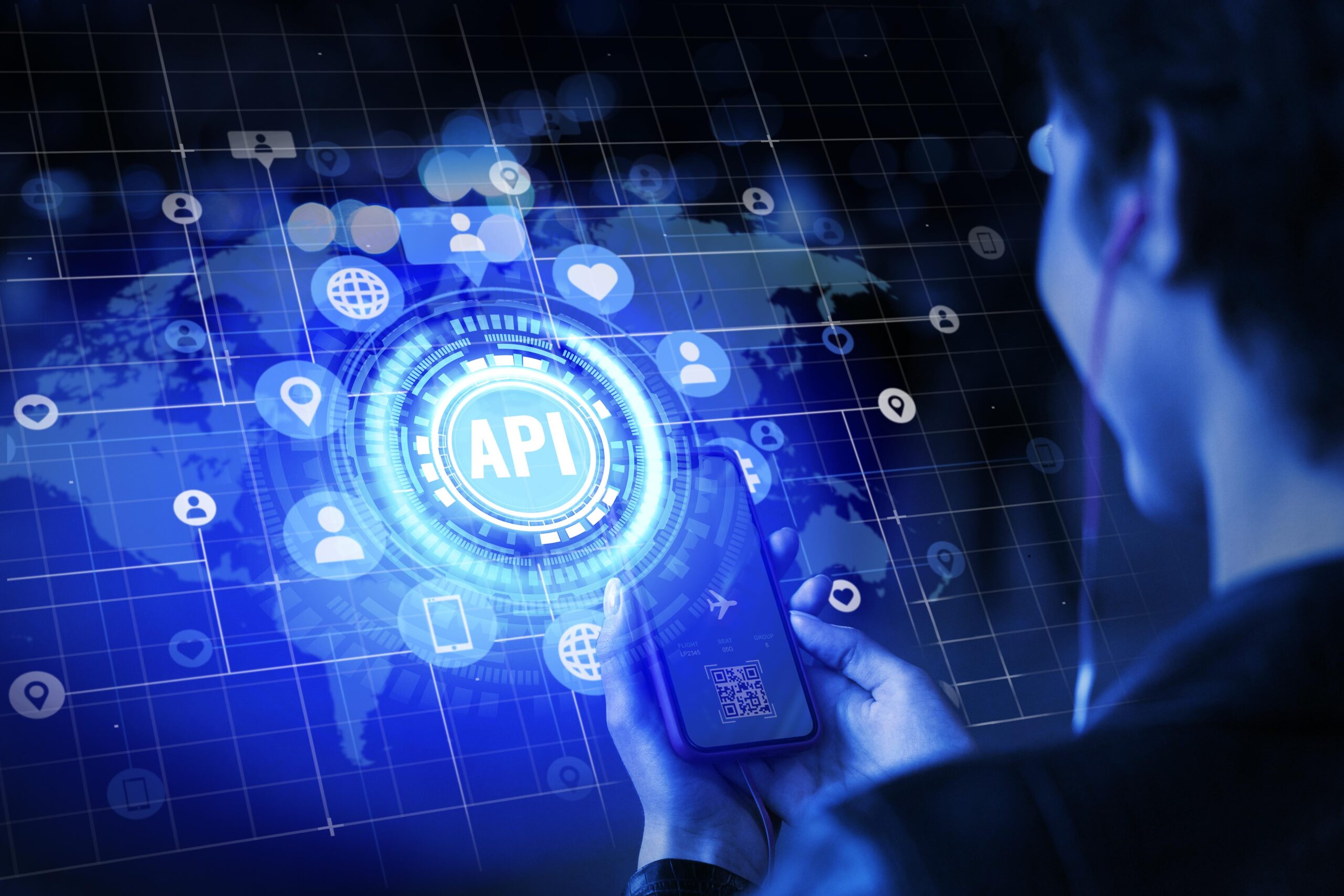Introduction
Artificial intelligence (AI) has made great strides in recent years, completely changing how humans interact with technology. The creation of conversational agents is one of the most spectacular uses of AI, and ChatGPT stands out as a key language model created by OpenAI. Developers may now easily include ChatGPT into their applications and offer users dynamic conversational experiences thanks to its user-friendly API (Application Programming Interface). We’ll take a tour of the ChatGPT API in this blog article, looking at its capabilities, prospective applications, and the procedures for using this formidable tool in AI research.
Table of Contents

1. Understanding the ChatGPT API
The ChatGPT API is fundamentally a gateway that enables developers to communicate with the ChatGPT language model that is stored on distant servers. Developers can submit a sequence of messages to the API, simulating a dialogue between the user and the AI model, rather than executing the resource-intensive language model locally. This strategy is effective because it minimizes processing costs and provides a seamless user interface.
2. Key Features and Capabilities OF ChatGPT API

Developers are given the tools they need by the ChatGPT API to produce interesting and interactive conversational applications, including the following:
a. ChatGPT API is excellent at comprehending natural language, allowing users to communicate with a model in a more social and human-like way. It can interpret user intentions, contextually react, and deliver precise data.b.
b. Multi-Turn chats: It can manage multi-turn chats, unlike conventional chatbots. Therefore, the model maintains context throughout exchanges, resulting in dialogues with users that are more cogent and meaningful.
c. Customizable Responses: By giving system-wide commands at the start of a dialogue, developers can direct the AI’s responses. By doing this, the model may better match its behavior to the intended use and produce more pertinent results.
3. Use Cases of ChatGPT API

The ChatGPT API’s flexibility provides the door to a range of applications across industries:
a. Customer service and support:
b. ChatGPT integration can improve the effectiveness of responding to frequently requested questions by giving users immediate answers and individualized support.
c. Creation of Content:
The ChatGPT API can be used by bloggers, authors, and content producers to generate original ideas, break through writer’s block, and more.
Virtual assistants (c)
Developers may build strong AI-driven virtual assistants that can handle a variety of activities, including scheduling, alerts, and data retrieval, by integrating the ChatGPT API.
d. Resources for Learning:
The ChatGPT API can be used in educational applications to assist students with their assignments, explain concepts, and provide interactive learning opportunities.
4. Getting Started with the ChatGPT
Following these steps will allow developers to start using the ChatGPT API:
a. Getting access to APIs:
visit obtain API access, go visit the OpenAI website. Examine the pricing options and choose the one that best fits the needs of your project.
b.Documentation for the API:
Read through the OpenAI API docs to become familiar with it. Effective implementation requires a thorough understanding of the endpoints, request types, and response structures.
c. Using the API:
Make API requests using your favourite frameworks and programming language. To assist you in getting started quickly, OpenAI offers code examples.
d. Handling Rate Limits and Tokens:
To guarantee efficient use of the API, be aware of token and rate restrictions. To prevent token overflows, optimise the design of your chat.
5. Best Practices and Considerations
The following best practises should be kept in mind when integrating ChatGPT API into your application:
Data Security and Privacy:
Assure the utmost caution is taken when handling sensitive user data. To safeguard user privacy, deploy encryption and data anonymization techniques.
Constant Feedback Loop:
Analyse user interactions and input on a regular basis to enhance the AI model’s functionality and resolve any difficulties that may occur during talks.
b. Graceful Degradation and Error Handling:
Prepare your application to gracefully manage mistakes and offer useful fallbacks in the event that the AI model is unable to produce accurate responses
Conclusion
The ChatGPT API offers a game-changing chance for AI developers to build engaging, interactive, and context-aware conversational experiences. Developers may unleash every potential of ChatGPT and start an exciting adventure in AI development by being familiar with the API’s capabilities, investigating its various use cases, and adhering to best practises. The ChatGPT API is going to be at the vanguard of conversational AI as technology develops further, influencing how people and machines communicate in the future.
Remember that the ChatGPT API may be your dependable partner on this thrilling AI trip, whether you’re developing a virtual assistant, improving customer service, or investigating creative content development!
FAQ
What is the ChatGPT API?
The ChatGPT API is a service that allows developers to integrate ChatGPT into their applications, products, or services.
How does the API work?
The API enables you to send prompts to ChatGPT and receive text-based responses, making it a dynamic conversational tool.
What can I use the ChatGPT API for?
You can use the API for creating chatbots, virtual assistants, content generation, answering questions, and more.
How do I access the API?
You need an API key from OpenAI to access the ChatGPT API. You can find information on OpenAI’s website.
Is the API user-friendly for developers?
Yes, the API is designed to be developer-friendly, with comprehensive documentation and code examples.


5 thoughts on “The ChatGPT API Journey: From Idea to Implementation in AI Development in 2023”